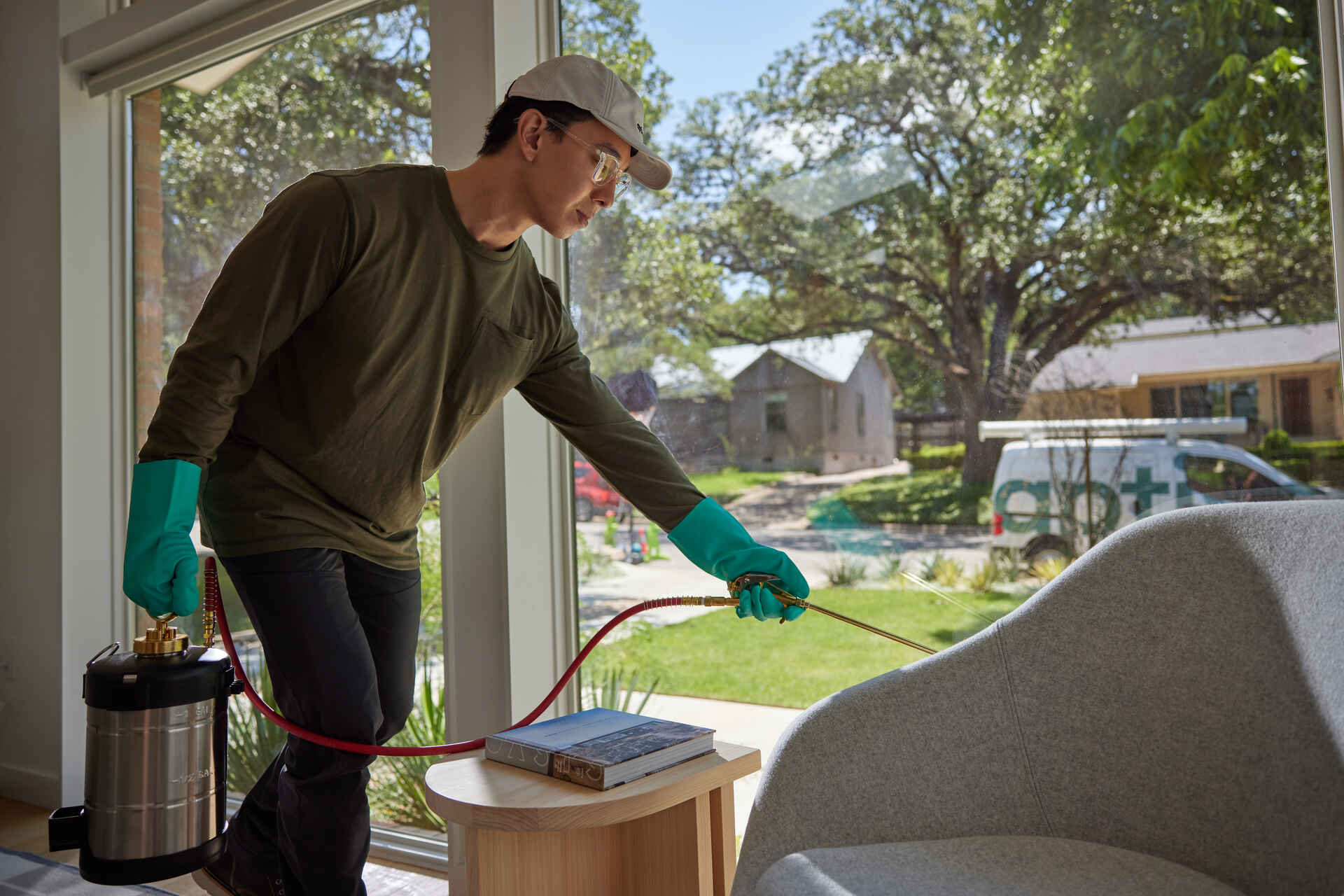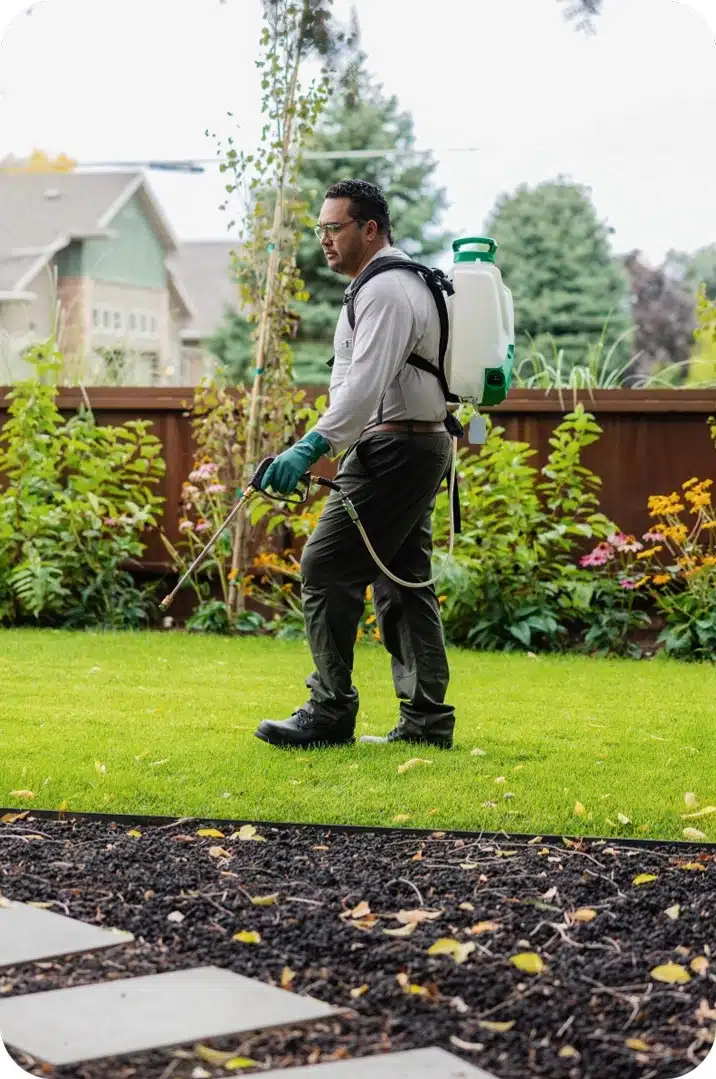Comprehensive A1 Pest Control in Portland Oregon Bed Bugs - Safe Treatments
Comprehensive A1 Pest Control in Portland Oregon Bed Bugs - Safe Treatments
Blog Article
Understanding the Art of Insect Control: Proven Techniques for Long-Term Prevention and Eradication
Parasite invasions can be a persistent difficulty for house owners and businesses alike, requiring a strategic strategy to efficiently handle and get rid of these undesirable intruders. By understanding the art of bug control with tried and tested strategies for long-lasting avoidance and eradication, one can establish a positive protection versus possible threats. Comprehending the habits of bugs, applying incorporated pest administration methods, and making use of natural treatments are simply a few crucial components important to accomplishing lasting success in this undertaking. However, the details of preserving cleanliness, carrying out normal assessments, and persistent surveillance play just as vital roles in sustaining a pest-free atmosphere. As the fight against bugs remains to advance, adopting a comprehensive technique comes to be paramount in securing your property from possible injury.
Comprehending Pest Behavior
To effectively carry out insect control approaches, it is necessary to understand the intricate habits showed by different pests in different atmospheres. Recognizing pest habits is a basic facet of establishing reliable insect management strategies. Each parasite species has one-of-a-kind practices and choices that affect their breeding, motion, and feeding patterns. By examining these actions, insect control experts can determine the most susceptible points in the pest's life cycle to target interventions much more efficiently.
For instance, rats like rats and computer mice are nocturnal creatures that prefer dark, secluded spaces close to a food source. a1 portland bed bug exterminator. Recognizing this, bug control specialists can concentrate on sealing entrance points and removing food attractants to deter these pests. On the other hand, bugs such as roaches grow in warm, humid areas with accessibility to water. By dealing with wetness concerns and securing holes and cracks, infestations can be substantially minimized.
Executing Integrated Bug Management
Carrying Out Integrated Insect Administration includes utilizing an alternative method to deal with insect problems by integrating numerous control techniques and techniques. This technique stresses avoidance, tracking, and control of bugs via a combination of biological, cultural, physical, and chemical treatments. By incorporating multiple techniques, Integrated Pest Management (IPM) aims to minimize making use of chemicals while effectively taking care of pest populaces.
Prevention is also a basic principle of IPM, focusing on removing aspects that draw in bugs, such as water, sanctuary, and food. Normal surveillance and examination are essential to detect pest infestations early and stop them from rising.
Moreover, IPM promotes using ecologically friendly and sustainable parasite control methods to minimize damage to non-target microorganisms and the bordering ecosystem - a1 portland bed bug exterminator. By embracing an Integrated Insect Management approach, individuals and businesses can efficiently manage insects while decreasing reliance on chemical pesticides
Using All-natural Remedies
Building upon the structure of Integrated Parasite Monitoring, a change in the direction of using natural remedies supplies an environmentally friendly method to pest control. All-natural treatments harness the power of nature to discourage and get rid of bugs without making use of harsh chemicals that can damage the atmosphere, human beings, and valuable microorganisms.

Additionally, growing pest-repelling eliminate wasps plants like marigolds, lavender, and mint around yards and homes can assist deter parasites naturally. These plants give off smells that bugs find undesirable, driving them away without the need for chemical treatment.
Maintaining Cleanliness and Health

Regularly checking and cleaning hard-to-reach areas such as behind home appliances, under sinks, and in storage closets is essential for determining and removing potential bug habitats. Clutter needs to be lessened as pests usually seek sanctuary in heaps of items or particles. Implementing a routine cleansing timetable and guaranteeing all participants of the house or employees are informed on correct hygiene methods can go a lengthy way in insect prevention. By keeping sanitation and hygiene standards, the environment ends up being much less hospitable to insects, eventually sustaining long-lasting parasite control initiatives.
Regular Examinations and Surveillance
Normal assessments and monitoring play an essential role in proactively identifying and addressing possible parasite issues prior to they intensify. By carrying out regular evaluations of both the exterior and interior of a home, insect control professionals can spot early signs of problems, bug entrance points, and problems favorable to insect task. Surveillance entails using catches, lures, and other devices to track bug activity degrees and types present on the facilities. This data is important for identifying one of the most efficient treatment techniques and reviewing the success of pest control methods gradually.
Consistent surveillance allows for the very early discovery of pest issues, enabling swift intervention to avoid widespread invasions that can be tough and costly to get rid of. Furthermore, normal inspections and checking assistance to follow regulative requirements and maintain a safe, pest-free atmosphere for owners. Executing a positive technique via regular inspections and monitoring is a cornerstone of efficient bug administration, supplying assurance and lasting defense versus parasite hazards.
Final Thought
To conclude, mastering the art of pest control involves understanding pest behavior, implementing integrated pest how to get rid of rats monitoring, making use of all-natural remedies, maintaining cleanliness and hygiene, and performing normal examinations and surveillance. By complying with these tested techniques for long-term avoidance and obliteration, people can successfully manage parasite problems and produce a healthier and safer setting on their own and their surroundings.
To effectively apply insect control approaches, it is crucial to understand the intricate actions displayed by various parasites in different environments (a1 bed bugs exterminator portland). By examining these actions, bug control professionals can determine the most vulnerable factors in the pest's life cycle to target treatments more properly
Executing Integrated Parasite Administration entails utilizing an all natural approach to attend to pest problems by incorporating various control techniques and strategies. By preserving sanitation and hygiene criteria, the environment ends up being much less congenial to bugs, inevitably sustaining long-term insect control initiatives.
By performing regular assessments of both the inside and outside of a building, insect control specialists can find very early signs of infestations, insect entrance factors, and problems helpful to insect activity.
Report this page